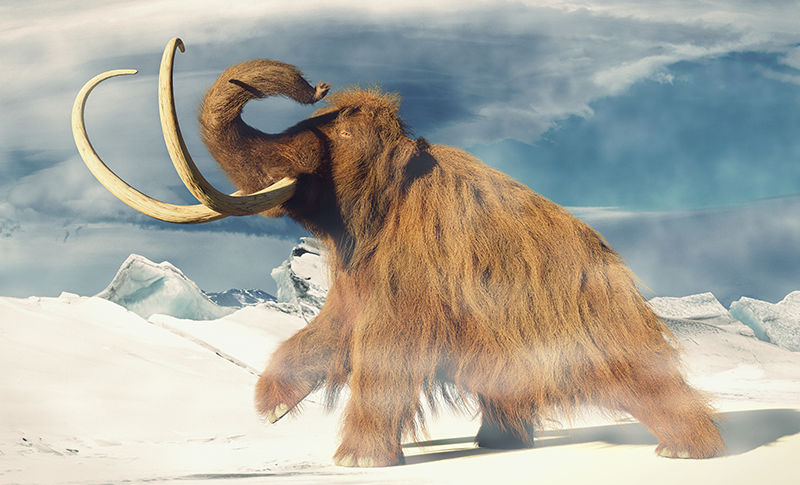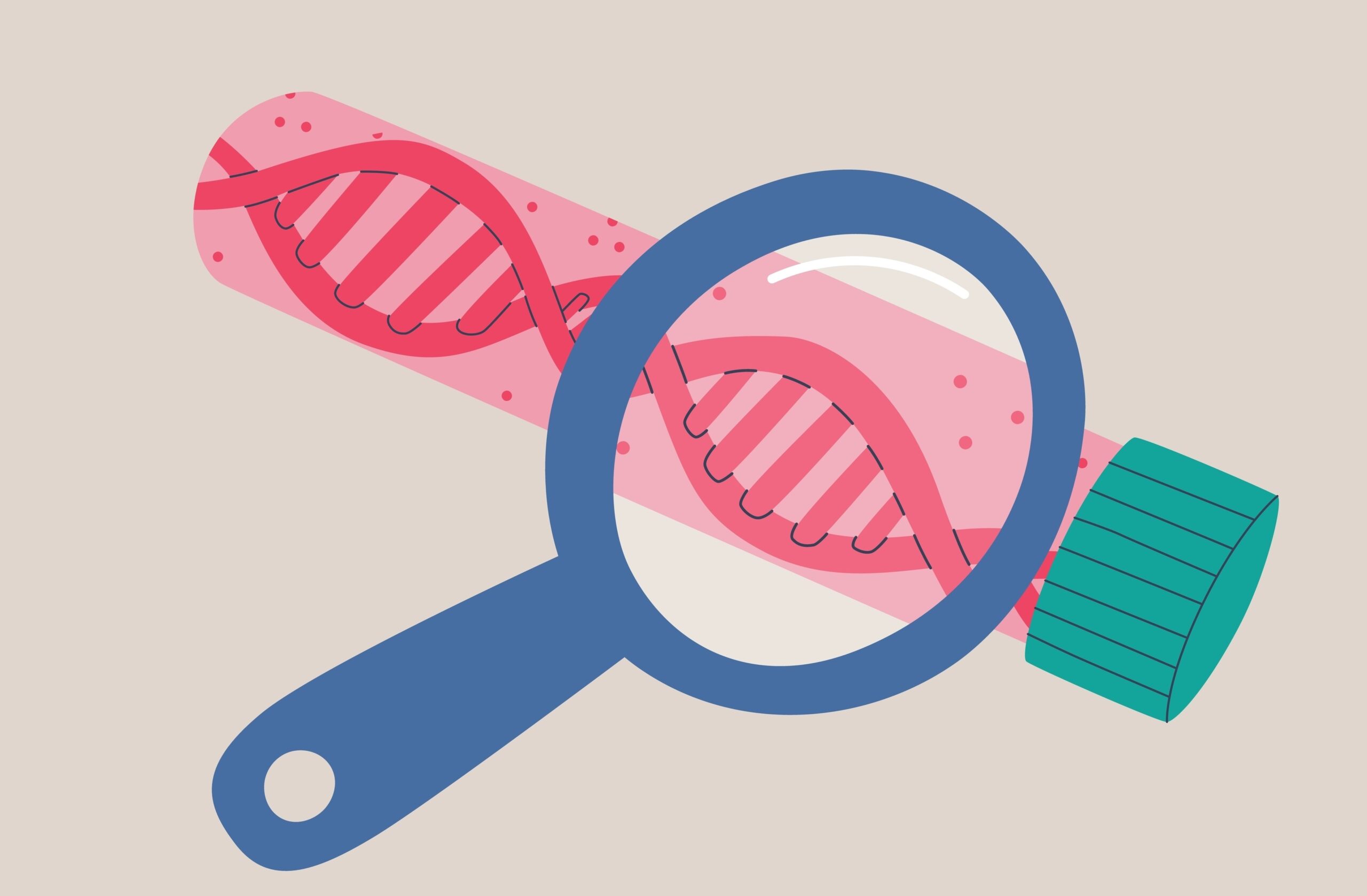The woolly mammoth will be making a comeback in 2028, Colossal Biosciences announced last month on Instagram. The American company wants to bring the extinct species back to life using gene technology. Biotechnologist and CRISPR John van der Oost (Microbiology) comments on the news.
If Colossal Biosciences has its way, in four years’ time the first woolly mammoth for 4,000 years will be born. The company of Harvard geneticist George Church wants to bring back the extinct species by inserting pieces of mammoth DNA in the genome of the Asian elephant. Wageningen microbiologist John van der Oost has been using the CRISPR-Cas technique since 2005 and he has mixed feelings about the mammoth project.
A mammoth calf in 2028 — is that realistic?
‘I can’t really say. George Church has managed a lot of challenging achievements. Six months after the discovery of CRISPR-Cas9, his group was one of the first to use the technique to modify human DNA. Even if it takes him until 2030, it would still be a tour de force.’
Colossal uses multiplex genome editing to put mammoth genes in the elephant genome. How does that work?
‘Multiplex editing means CRISPR-Cas makes cuts at multiple points in the DNA simultaneously. So-called RNA guide molecules make sure the Cas protein — the scissors — recognizes the point where the cut has to be made. If you add 10 RNA guides, you can make the cut at 10 different points. Then you insert the mammoth genes at those points. That lets you modify multiple genes in the same genome. In 2017, our group worked with a group in Boston to modify the DNA of mice using the Cas12 protein. We changed three genes in the mice cells.’
The company says it has already found over 50 genes for mammoth characteristics such as long hair, more fat and their rounded skull. Can you predict like this which genes code for which characteristics?
‘No. You actually have to control everything. It is not a given they will manage this. For some characteristics, the proteins produced by the genes have to cooperate with one another. Everything has to match together precisely. If you still have proteins that are 100 per cent elephant, it might not work so well. But who knows, maybe they’ll get lucky and have a healthy mammoth walking around in five years’ time.’
Would you like that?
‘I think it’s a step too far. The question is whether we want to be doing this. I find it interesting to see whether they can manage it, but personally I’m against it. It’s basically a designer elephant. If we don’t find it ethically responsible to make designer babies, then I don’t find this a good idea either.
I am interested to see whether they can manage it, but personally I’m against it
I am also afraid experiments like this will divide people and have a polarizing effect. That can lead to a backlash against all the wonderful things we can do with CRISPR to make the world a better place. Take gene therapy for hereditary diseases such as sickle cell anaemia, or improving crops to increase food security. That too can be an argument to call it a day for the mammoth.’

 Photo Shutterstock
Photo Shutterstock 


If I recall correctly, the wooly mammoth went extinct because its habitat shrunk due to warming in the early Holocene, combined with increased human activity. So now we’re reintroducing it in a world where warming and human activity have skyrocketed? And this benefits the mammoth how?
Last year, Phil Macnaghten argued that public concerns about CRISPR-Cas are particularly about how the technology will be used, under what conditions, and who will benefit (https://www.wur.nl/en/show/we-need-a-smarter-governance-to-ensure-crispr-cas-is-used-for-the-benefit-of-society-and-environment-1.htm). Unless Colossal has thought far more about these issues than this piece suggests, I share John’s fears. Which would be a pity for the technology, not to mention for the poor mammoth.